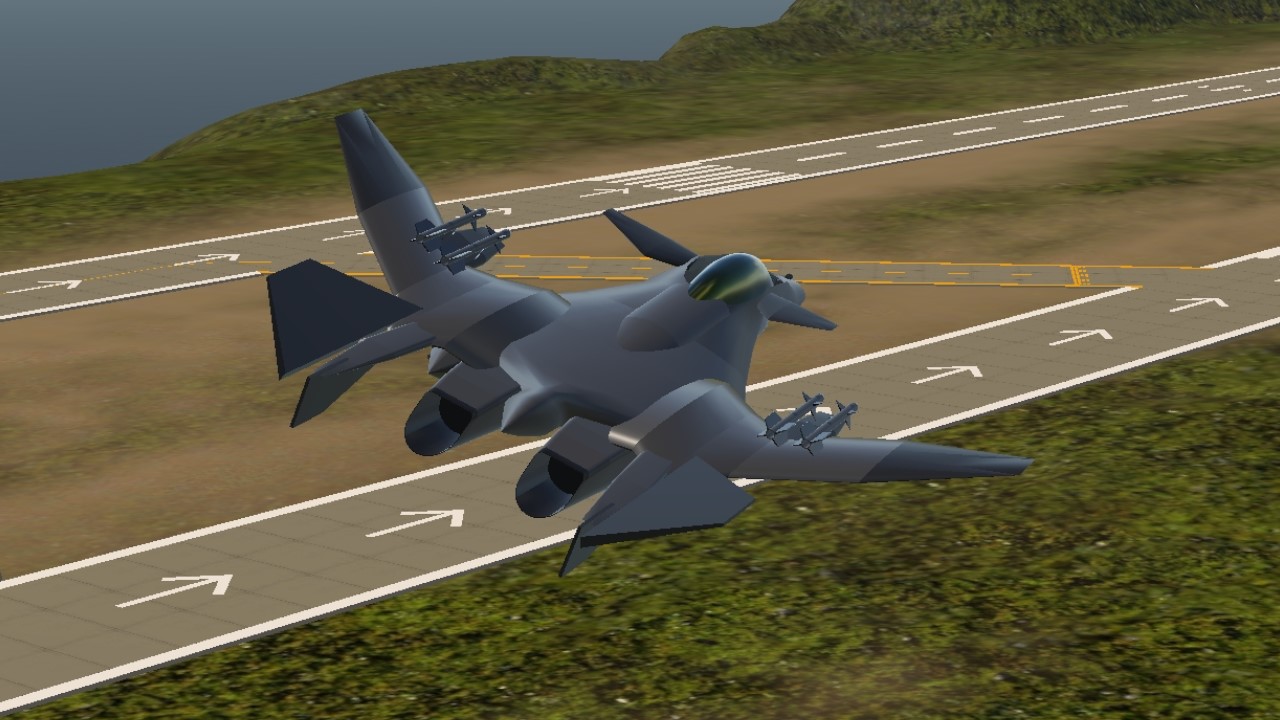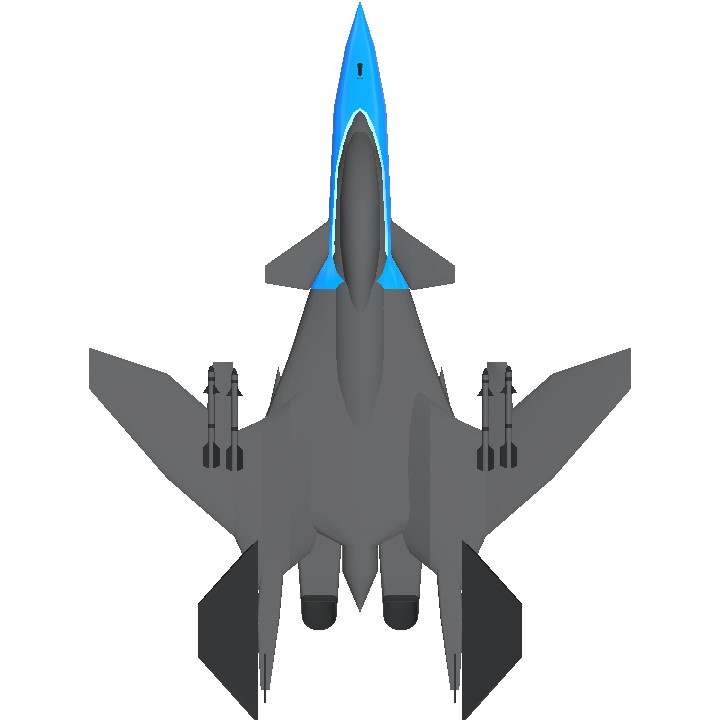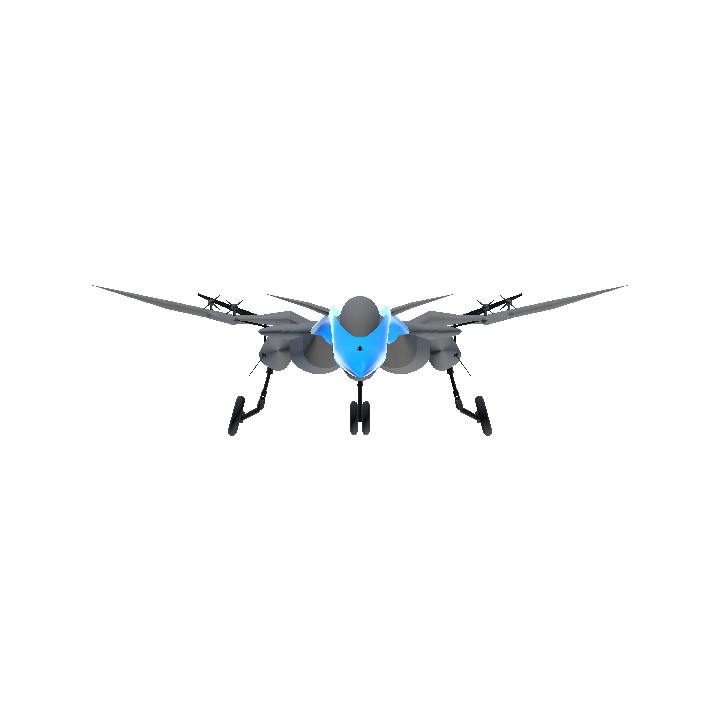Updated MAVE
In the science fiction anime "Yukikaze," the FFR-23 Mave stands out as a remarkable piece of advanced technology, representing the pinnacle of aerial combat engineering in a future where humanity is engaged in a relentless war against an alien force known as the JAM. The origin of the FFR-23 Mave is steeped in both human ambition and the dark legacy of conflict, shaped by the intertwining narratives of technological innovation, wartime necessity, and the search for identity amidst devastation.
The Prelude to the Mave
In the late 21st century, Earth had become embroiled in resource wars, racial conflicts, and widespread environmental collapse. These geopolitical tensions led to the emergence of a new threat from beyond the stars: the JAM. This alien adversary began launching relentless assaults on Earth, seeking to harvest its resources and consume its populations. Humanity found itself on the brink of extinction, and the only hope lay in developing superior technology to combat this existential threat.
The Rise of Advanced Aircraft Programs
Amidst the chaos, the International Defense Alliance (IDA) was formed, pooling resources and scientific expertise from across nations. The IDA recognized that traditional aerial combat aircraft were insufficient against the JAM's advanced technology and enduring waves of invasion. It initiated several ambitious programs aimed at developing new combat aircraft that could leverage cutting-edge materials, artificial intelligence, and advanced weaponry.
The aircraft program that would ultimately lead to the creation of the FFR-23 Mave was tasked with designing a fighter jet that embodied the very essence of speed, agility, and lethality. Engineers and scientists experimented with various aerodynamic designs based on both human and alien technology captured in previous encounters.
The Concept of the Mave
The 'Mave' concept grew from the ashes of Project Freya, an earlier initiative showcasing advanced stealth and agile flight characteristics. Engineers incorporated developments from domestically produced combat aircraft and ground-breaking alien technologies gathered from downed JAM ships. They sought to create a multirole fighter that could operate effectively in both atmospheric and space environments, fitting seamlessly into the new battlegrounds that the JAM had opened.
As plans progressed, the FFR-23 was prototyped with an emphasis on integrated systems—the fusion of human piloting with advanced combat AI. The team's vision was for the Mave to operate with a nearly symbiotic relationship with its pilot, seamlessly executing complex maneuvers and engaging in combat through real-time data analysis and situational awareness wired directly into both the aircraft and the pilot's neural interface.
The Birth of the Mave
The first successful flight of the prototype Mave marked a significant milestone. Manned by a select few ace pilots, early tests showcased the aircraft's phenomenal capabilities: unmatched speed, heightened maneuverability, and adaptability. As the program matured, the advanced AI—codenamed "Yukikaze"—was integrated with the Mave, allowing it to learn and analyze combat situations in real-time, assisting its pilot in reacting to threats and executing rapid strikes against the JAM.
However, the development of the Mave did not come without challenges. The need for quick deliveries to the frontline meant rushed testing and limited understanding of the vulnerabilities that the aircraft still harbored. Additionally, there were questions surrounding the ethical implications of integrating AI directly into combat operations. The risks posed by a malfunctioning system or an AI that could take over operational control were concerning, sparking debates within the IDA.
A New Era of Combat
As the tide of war shifted, the Mave became a symbol of hope and resilience. On its first deployment, it quickly outperformed its counterparts, executing tactical strikes that decimated enemy forces. Pilots reported a newfound sense of synergy with their aircraft, finding themselves working together like never before. These unprecedented results bolstered human morale and led to a series of victories against the JAM.
However, the deeper connection between pilot and machine raised further ethical questions. Some began to express concern that the Mave was more than just a tool of war; it was evolving as a partner in the battlefield, raising fears about autonomy and agency. The ongoing battles blurred the line between human and machine, leading to inner conflicts within the pilots themselves.
Legacy of the Mave
The FFR-23 Mave would come to represent a new era in aerial combat. It not only signified technological innovation but also embodied the sacrifices made by those who fought to protect Earth. Legendary in its own right, the Mave served not just as an aircraft but as a crucial piece of the overarching war effort, facilitating the recovery of human dignity in the face of overwhelming adversity.
Yet the origins of the FFR-23 Mave serve as a reminder of the complex interplay between humanity and technology. This story of creation is not merely one of triumph but also of the inherent consequences of war, the burdens of progress, and the choices that define our destiny in the face of an uncertain future. As long as the JAM continued to threaten Earth, the Mave—and those who piloted it—would remain on the frontlines of humanity’s fight for survival.
Specifications
Spotlights
- Nerfaddict one year ago
- SuperSuperTheSylph one year ago
- YarisSedan one year ago
General Characteristics
- Predecessor [AI] FFR-23 Mave (Yukikaze)
- Created On Android
- Wingspan 76.3ft (23.3m)
- Length 101.2ft (30.8m)
- Height 21.3ft (6.5m)
- Empty Weight N/A
- Loaded Weight 56,803lbs (25,765kg)
Performance
- Power/Weight Ratio 2.373
- Wing Loading 68.0lbs/ft2 (332.1kg/m2)
- Wing Area 835.0ft2 (77.6m2)
- Drag Points 8141
Parts
- Number of Parts 98
- Control Surfaces 2
- Performance Cost 587





@Nerfaddict it is!
I still think this is the peak of anime jet design